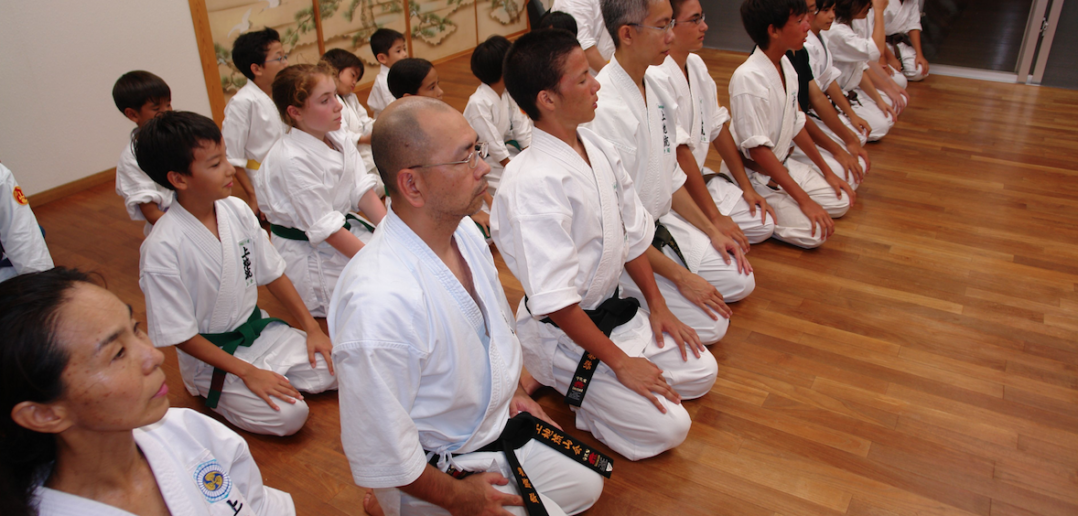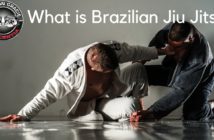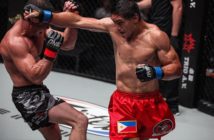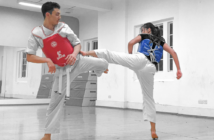If you’ve ever wanted to learn Karate in Okinawa look no further. This unique experience can be yours if you are trust worthy and hard working. The Okinawa KarateDo UechiRyu Zankyokai Nagahama Dojo offers both yoga and karate to beginners, intermediates and experienced instructors. The chief focus at the school is of course old-style Karate training with the purpose of creating a peaceful lifestyle while developing the means to protect that lifestyle if necessary.
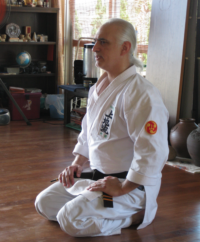 About the Art by Seizan Breyette
About the Art by Seizan Breyette
UechiRyu KarateDo was originally a form of Chinese Boxing — one of the pangainun (“tough-flexible”) systems. UechiRyu KarateDo is based mostly on Tiger Style Boxing, supplemented by additional animal styles. This system combines the movements of the tiger, dragon, crane, leopard, snake, mantis, and cobra.
Uechi Kanbun Sensei was born on 5 May 1877 in Izumi, a small village on the Motobu peninsula of northern Okinawa. In 1897, Kanbun Sensei left Okinawa for China to avoid conscription in the Japanese Army. In Fuzhou, Fukien Province of China, Kanbun Sensei met a young teacher named Shuu Shiwa, a master of Chinese Boxing. Shuu Sensei taught a system called Supreme Tiger Style Boxing. Kanbun Sensei studied every day for ten years. Eventually he was permitted to teach, and taught in China for three years. In 1910 Kanbun Sensei left China and returned to Okinawa.
Back in Okinawa
Shortly after his return to Okinawa, Kanbun Sensei married and settled down to a life of farming. His son Kanei was born on 26 June 1911. Other children followed, and the Uechi family grew. Sixteen years after his return from China, Uechi Kanbun Sensei finally shared his art publicly once again. He left Okinawa in 1924 for employment in Mainland Japan, in Wakayama (near Osaka) where he began teaching in 1926. Kanbun Sensei and his senior students established a highly reputable dojo. Kanbun Sensei taught full time, and also made and sold medicinal compounds. By that time, the art of fighting without weapons was becoming known popularly as karate — “Empty Hand”. It had previously been known as To-Di or To-Te (“Chinese Hand”). One kanji KARA means “Chinese” and is pronounced “kara” or “To” (as in “toe); the other KARA means empty, void, and sky. Kanbun Sensei referred to the style as “Pangainun-Ryu Karate-Jutsu” (Tough-Flexible Method of Empty-Hand Skills), which only describes the manner of training and fighting.
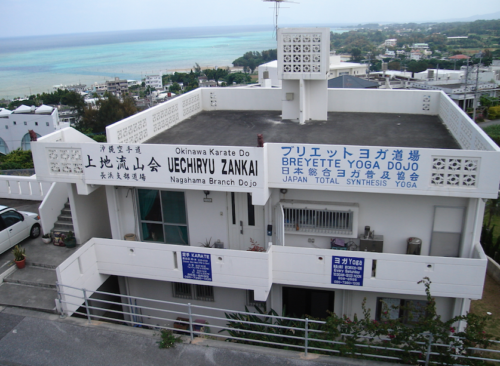
The Karate Training
The courses offered at the school primarily run between June and August each summer.
– 1 to 3 days: Basic history of UechiRyu, purposes for training, introduction to Sanchin (Three Challenges Form), stretching tendons, body conditioning, concepts of physical motion, balance, posture, breathing pattern, basic striking techniques, basic terminology.
– 4 to 7 days: More of the above plus introduction to Kanshiwa Kata, concepts of body-changes (tai-kawashi) in defense, applied blocking skills, hardness/softness training, yoga class (optional).
– 8 to 12 days: More of the above plus concept of Bunkai (formal application of kata techniques), reading the keys to kata (how to analyze meaning of technique in all kata).
– 13+ days: Continuation of the above and advancement of technique, kata, and application.
Kata of UechiRyu
Sanchin – Three Challenges (softness, timing, power on impact)
Kanshiwa – Tiger style, power development and control
Kanshuu – Crane style, development and application of timing
Seichin – Dragon style, development and application of softness
Seisan – Mix of 7 animals, combining previous 3 concepts of softness, timing, and power
Seiryu – Dragon style, development and application of stability
Kanchin – Mix of 7 animals, development of “all-in-one-strike” technique (Ikkyodo)
Sandairyu – Mix of 7 animals, develops concept of pre-empting attacks
Lineage
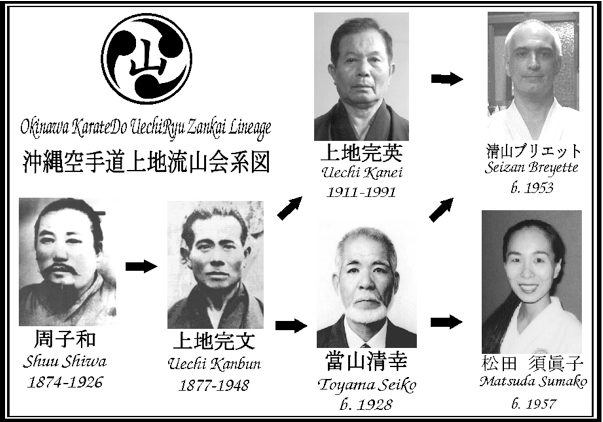
If you’d like to learn more about the training karate in Japan or this traditional Okinawa Karate School you can contact us at info@studymartialarts.org


